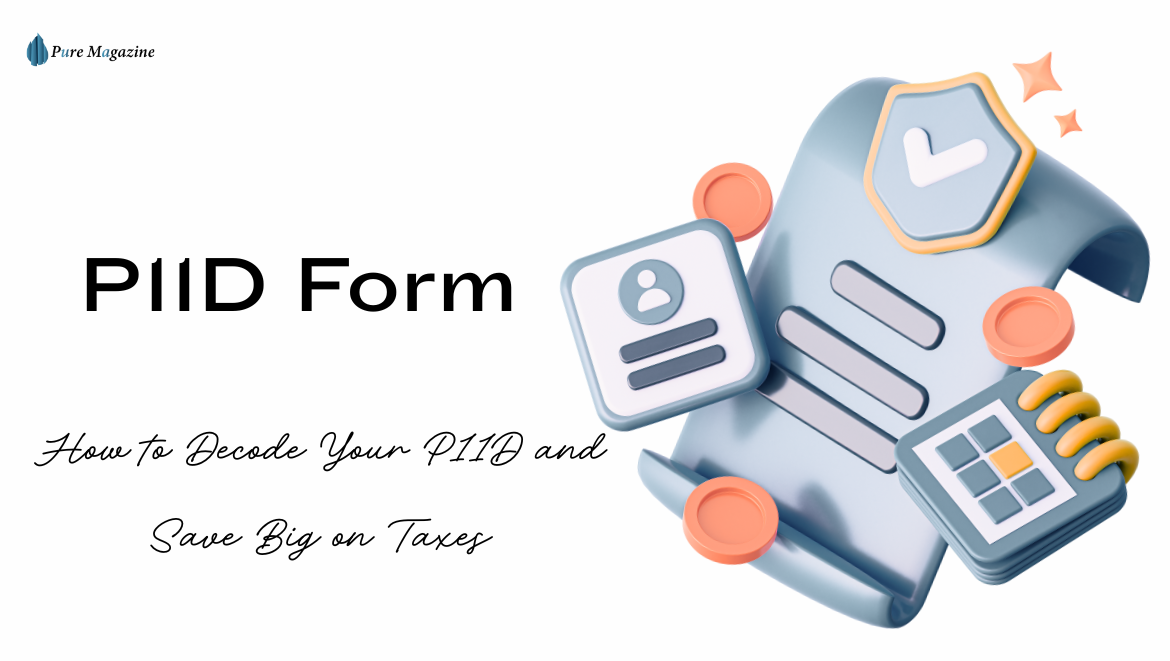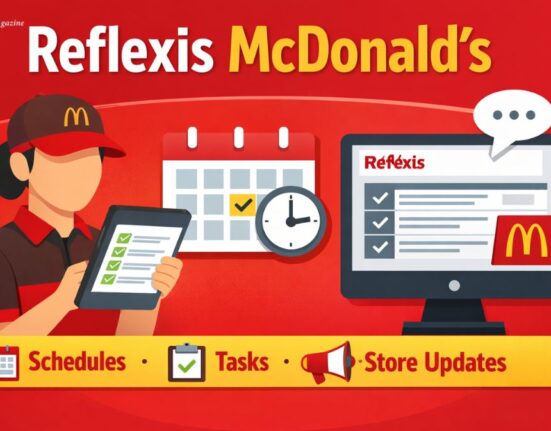Have you ever received a P11D form and wondered why it suddenly appeared on your desk? You’re not alone—and ignoring it could cost you or your employer money. A P11D form may look like another confusing piece of paperwork, but it’s actually a vital part of the UK tax system. It records non-cash perks—think company cars, health insurance, or interest-free loans—so HMRC can ensure the correct tax is collected.
We’ve deep-dived into HMRC rules, calculations, and reporting requirements to bring you the most practical guide on P11Ds, complete with examples and step-by-step instructions.
What is a P11D Form?
A P11D is an official form submitted to HMRC by employers, detailing benefits in kind and expense payments given to staff and directors during the tax year.
In simple terms, it tracks the extras you get beyond your salary. HMRC uses this to calculate tax accurately.
Example: If your employer gives you a company car worth £25,000 with 120g/km CO2 emissions, the taxable benefit could be around £5,000 for the year, depending on emissions percentages.
Who Needs to Complete a P11D?
Employers are responsible for filing P11Ds for:
- Directors (no matter how much they earn)
- Employees earning £8,500 or more a year
- Any staff member who has received taxable benefits
A P11D isn’t needed if:
- The employee earns under £8,500 annually (unless they’re a director)
- Benefits are already dealt with through payroll under PAYE or a settlement agreement
- Payments fall under HMRC’s tax-free thresholds
What Benefits and Expenses Go on a P11D?
This is where most confusion comes in. To report correctly, you need to know exactly what counts as a taxable benefit.
Taxable Benefits Include:
- Company cars and fuel for private use
- Accommodation provided by the employer
- Private medical insurance premiums paid by the company
- Professional fees and subscriptions are covered by work
- Low-interest or interest-free loans
- Relocation costs above HMRC’s allowance
- Entertainment and hospitality perks
- Personal spending is put on a company credit card
Expenses That Need Reporting:
- Business trips with personal elements
- Reimbursed expenses are higher than the real cost
- Vouchers or gifts that act as cash equivalents
- Van fuel provided for personal journeys
What’s Exempt:
- Benefits within HMRC’s tax-free limits
- Costs solely and exclusively for business purposes
- Non-taxable payments (e.g., statutory sick pay)
- Anything already processed through PAYE
How to Complete a P11D
Filling out the form can feel overwhelming, but breaking it down into manageable steps helps.
Step 1: Collect Your Information
Gather:
- Employee details and National Insurance numbers
- A record of all benefits provided
- The cash equivalent of non-cash perks
- Any reimbursed expenses
Step 2: Work Out the Benefit Values
Each type of benefit has its own calculation method.
Company Cars
- Use the list price and CO2 emissions to find the percentage
- Add a fuel benefit if private fuel is provided
Accommodation
- Calculate using either the rateable value or the cost to provide
- Apply the annual value where needed
Loans
- Compare the interest charged with HMRC’s official rate
- Consider if more than one borrower is involved
Step 3: Fill in the Sections
The form is split into chapters:
- Section A: Cars and car fuel
- Section B: Vans and van fuel
- Section C: Other benefits
- Section D: Expense payments
P11D Deadlines and Submission
Key Dates to Remember:
- 6 July – Deadline to file P11Ds with HMRC
- 6 July – Deadline to give employees their copies
- 19 July – Deadline to pay Class 1A National Insurance
How to Submit:
- Online using HMRC’s PAYE service
- Paper form via the official HMRC PDF
- Payroll/accounting software it supports P11D filing
Missing the deadline can lead to penalties, so it’s worth preparing ahead of time.
Understanding Your P11D as an Employee
If your employer hands you a P11D, here’s what it really means:
- The benefits listed could adjust your tax code for the next year
- Some details may need to go in your self-assessment tax return
- Certain perks will be taxed through your PAYE salary deductions
P11D vs Other Tax Forms
It’s easy to mix up tax documents, so here’s the difference:
- P11D vs P60: A P60 shows salary and tax deducted; a P11D shows extra perks.
- P11D vs P45: A P45 is issued when you leave a job; a P11D is annual.
- P11D vs P11D(b): The P11D is for individuals, while the P11D(b) is a summary that shows total Class 1A NIC owed.
Common P11D Mistakes Employers Make
- Forgetting some employees who qualify
- Miscalculating the taxable value of benefits
- Missing filing and payment deadlines
- Not providing employees with copies
- Double-reporting items already taxed via payroll
Record-Keeping Tips:
- Keep accurate logs all year round
- Save receipts and supporting documents
- Use editable software to cut down on errors
- Always review before submission
Getting Help with P11D Forms
Where to Turn:
- An accountant can take over the process
- Many payroll providers handle P11Ds automatically
- HMRC helplines offer support for tricky queries
Handy Resources:
- HMRC’s official P11D guidance on Gov.uk
- HMRC calculators and working sheets
- Guidance from professional accounting bodies
The Future of P11D Reporting
HMRC is moving more processes online under the Making Tax Digital program. It’s likely P11D reporting will become even more streamlined in the future, but for now, employers still need to handle annual submissions carefully.
FAQs
Q. Why did I receive a P11D form?
You received a P11D form because your employer reported that you were given taxable benefits or perks during the tax year. This includes items like company cars, health insurance, or interest-free loans. Directors automatically receive a P11D regardless of the perks provided.
Q. Do I need to do anything with my P11D form?
Yes, keep your P11D form safe. If you file a UK self-assessment tax return, you’ll need to include the details of the reported benefits in kind. Even if you don’t file a tax return, your employer uses this information to adjust your PAYE tax deductions.
Q. Will my P11D affect my tax code?
Yes. HMRC uses the information on your P11D to update your tax code, ensuring that the correct amount of income tax is collected automatically. This means your salary deductions may change based on the value of the reported benefits in kind.
Final Words
A P11D form might look daunting, but it plays an important role in keeping tax fair. It ensures that both salaries and extra perks are taxed correctly, giving HMRC a full picture of what employees actually receive from their work.
For employers, it’s about being thorough with record-keeping and meeting deadlines. For employees, it’s about understanding how those little extras affect your tax code.
And if things get complicated — with loans, relocation allowances, or accommodation benefits — professional advice is always worth it.
Stay organized, stay compliant, and the P11D will feel less like a burden and more like just another routine part of the tax year.
Visit: Pure Magazine








